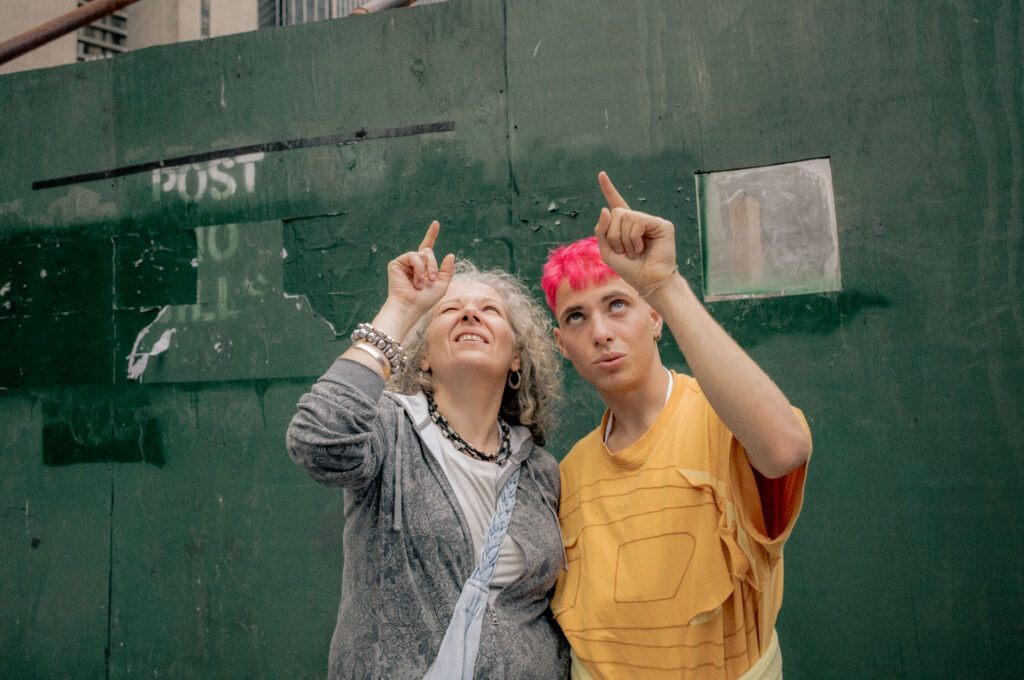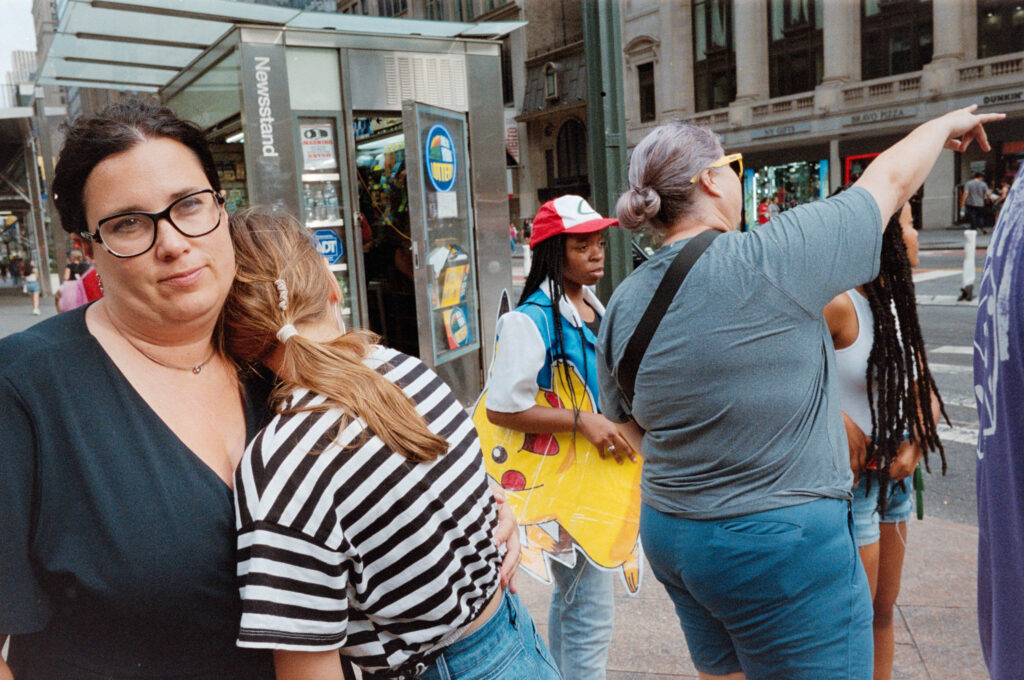In Directed Attention, the gesture of pointing becomes a lens through which to examine the visual language that structures how we move through the city. The series explores how this fundamental human motion transcends its utilitarian function, revealing networks of power, meaning, and social organization within public space.
The pointed finger operates simultaneously as a directive and symbol, orchestrating movement while exposing deeper patterns of authority and influence. Within the urban landscape, these gestures create pathways of attention and response, subtly guiding behavior and reinforcing social hierarchies. Like ancient oracles indicating fate’s direction, contemporary pointing retains traces of its historical power to command focus and shape perception.
Beyond its immediate impact on physical navigation, pointing emerges as a vital component in the semiotics of city life. This seemingly simple motion cuts through urban complexity, offering moments of clarity and communication while revealing the hidden currents of control beneath everyday interactions. Through this examination of directed attention, the work invites reflection on how subtle gestures continue to structure our collective movement through shared spaces, illuminating the interplay between guidance and authority, movement and meaning.














